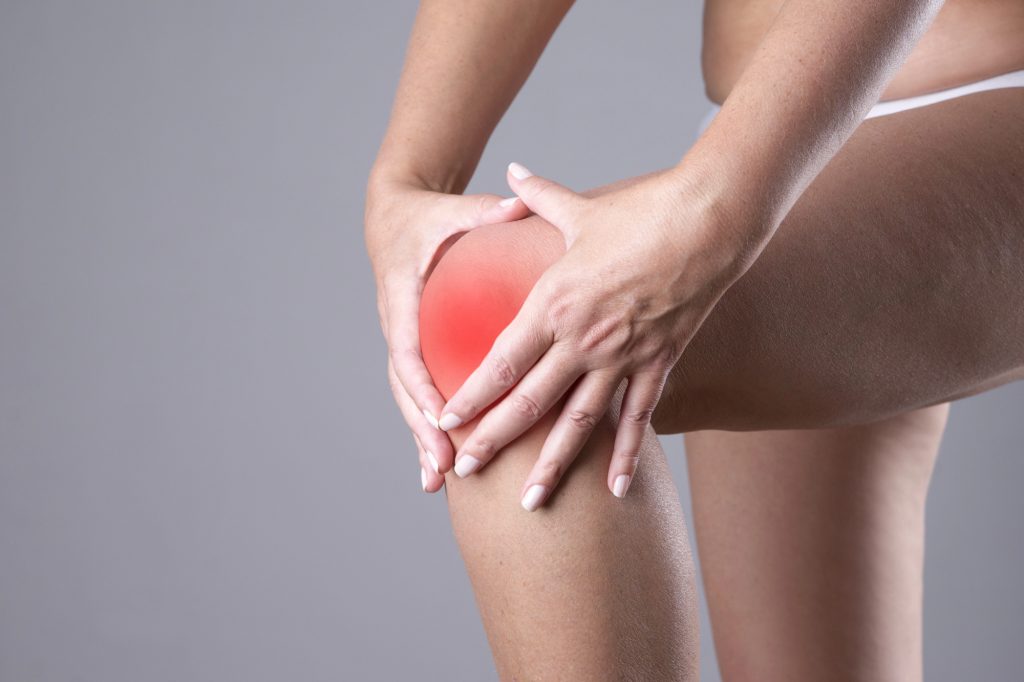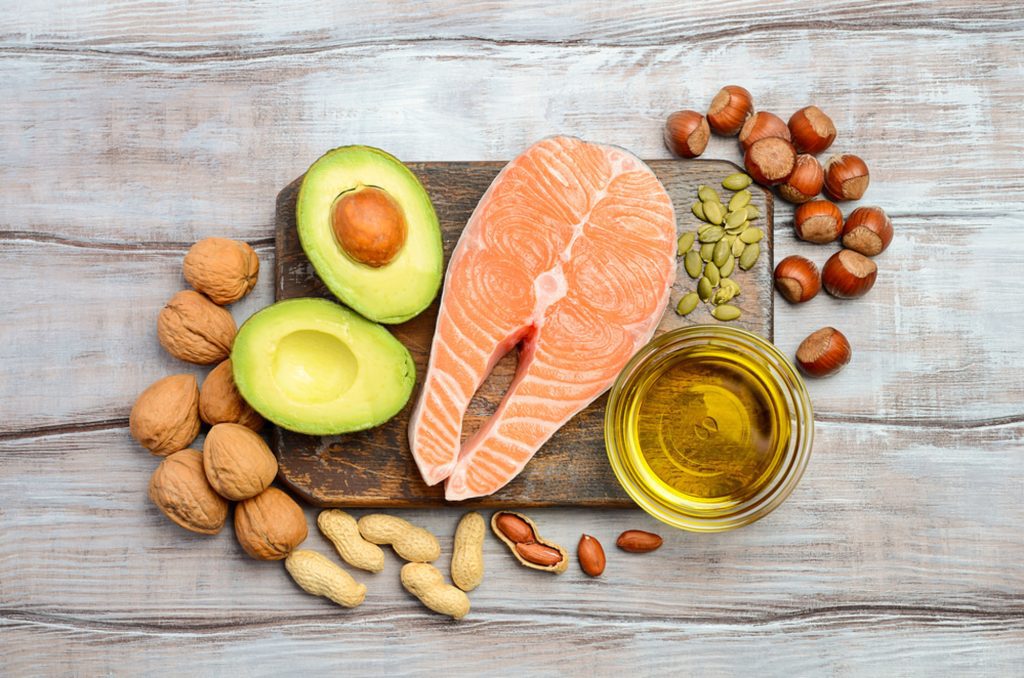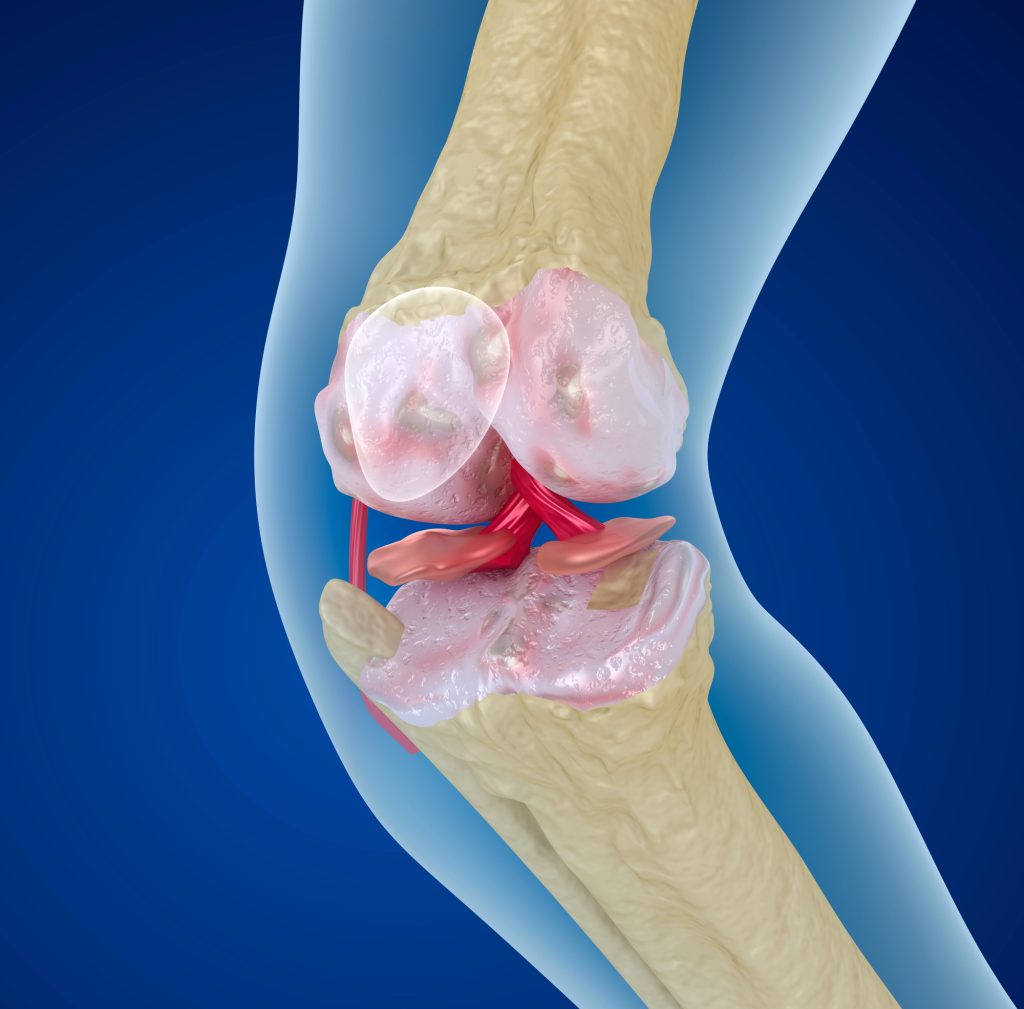Do stiff, aching joints keep you from enjoying your favorite activities? Inflammation might be the hidden culprit behind your discomfort.
But here’s the good news… adopting an anti-inflammatory diet and using the best herbs to reduce inflammation can naturally transform your joint health. Incorporating high-quality sources of nutrients can significantly enhance your immune system’s ability to manage inflammation.
If you’re wondering how anti-inflammatory foods and lifestyle changes can help you take control of joint pain, improve mobility, and reclaim a vibrant, active life that improves your overall quality of life, you’re in the right place.
Dr. Gala’s Quick Take
Yes, an anti-inflammatory diet can help reduce inflammation naturally. Focus on foods like berries, fatty fish, and turmeric to support joint health and overall well-being.
What Is Inflammation and Its Role in Joint Pain?

Inflammation is the body’s natural response to harm. When the immune system detects a threat, like a pathogen, damaged cells, or toxicity, it initiates inflammation to protect and heal the body.
In the context of joints, inflammation initiates increased blood flow, fluid accumulation, and the release of inflammatory chemicals. This can lead to redness, warmth, swelling, and restricted movement.
While inflammation is meant to be protective, chronic or excessive inflammation can cause significant pain and long-term damage.
Synovitis, for example, refers to inflammation in the joint lining that irritates nerves, increases fluid buildup, and causes pain and swelling.
Prolonged inflammation may also erode cartilage and bone, reducing joint function and causing irreversible damage. Additionally, surrounding muscles may weaken under stress, further limiting mobility.
Ignoring these early warning signs can lead to severe outcomes, like the need for joint surgery. Addressing symptoms early can help reverse damage and prevent the need for invasive procedures.
Types of Arthritis and Their Causes

There are key distinctions between osteoarthritis, rheumatoid arthritis, and psoriatic arthritis. Primarily, the differentiators are yheir causes, symptoms, and how they impact the body differently. Identifying these differences is crucial for effective diagnosis and treatment.
Osteoarthritis (OA)
Osteoarthritis (OA) is the most common type, caused by wear and tear on joint cartilage over time. As cartilage breaks down, bones rub against each other, leading to pain, swelling, and stiffness. OA often affects large, weight-bearing joints like hips and knees, with symptoms worsening during activity.
Rheumatoid Arthritis (RA)
Rheumatoid arthritis (RA), on the other hand, is an autoimmune condition where the immune system attacks the synovial lining of the joints. This results in inflammation, joint deformity, and systemic symptoms like fatigue, fever, and loss of appetite. It often affects multiple joints, especially in the hands.
Psoriatic Arthritis
Psoriatic arthritis is linked to the skin condition psoriasis and causes joint pain, stiffness, and changes in nails or skin. Like RA, it’s an autoimmune disease but can affect any joint in the body.
The Role of Genetics and the Environment

Genetic makeup influences the risk of developing arthritis, but it’s not the sole determinant. For example, while genetic factors account for about 40-50% of the risk for RA, environmental factors, like diet, stress, and exposure to toxins, play a larger role in triggering and worsening symptoms.
Addressing environmental stressors and focusing on high-quality sources of nutrients can help minimize the activation of genetic predispositions and reduce the likelihood of arthritis taking hold.
Note: While you can’t change your genes, you can modify your environment and lifestyle to reduce inflammation.
Practical Steps to Support Joint Health

Supporting your joint health involves a combination of dietary adjustments, physical activity, stress management, and healthy daily habits. Adopting an anti-inflammatory diet is one of the most effective ways to support joint health and improve your quality of life.
Nutrient-dense foods like leafy greens, cruciferous vegetables, and antioxidant-rich berries reduce inflammation, while healthy fats from extra-virgin olive oil and omega-3-rich fish provide additional support. Including reliable sources of these nutrients ensures a healthier immune response and reduces joint pain.
Supplements, including omega-3 fatty acids, vitamin D, magnesium, and Boswellia (Indian frankincense), may provide additional relief by reducing inflammation and improving joint function.
Stress management is another crucial factor, as chronic stress contributes significantly to inflammation and autoimmune flare-ups. Mindfulness practices, yoga, or meditation can help regulate the body’s response to stress and improve overall well-being.
Engaging in gentle, low-impact exercises like swimming, walking, or tai chi helps maintain mobility and strengthens the muscles supporting the joints. Regular movement prevents stiffness and improves overall joint health without overloading the joints.
Reducing exposure to environmental toxins is equally important. Filtering water, using natural cleaning products, and avoiding plastics in food storage can minimize immune triggers and support the body’s natural healing processes.
Natural Remedies for Joint Inflammation

Natural remedies like turmeric, ginger, and Boswellia offer anti-inflammatory benefits. These can be consumed as supplements, teas, or incorporated into meals. Turmeric contains curcumin, which blocks inflammatory enzymes, while ginger’s active compounds, gingerol, and shogaol, support immune health and reduce inflammation. Boswellia enhances joint function and alleviates arthritis symptoms.
While these remedies can provide relief, addressing the root cause of inflammation is essential. If you rely solely on symptom management, the problem is escalating.
Consequences of Ignoring Joint Pain

Delaying treatment or ignoring joint pain can lead to severe outcomes like cartilage erosion and the need for surgical intervention. Recognizing early signs, like swelling or restricted movement, is crucial for preserving joint function.
Additionally, research from Harvard underscores that consistently choosing the wrong foods can accelerate the inflammatory disease process, worsening joint pain and increasing the risk of chronic illness. This highlights the importance of making informed dietary choices to manage inflammation effectively.
Key Takeaways
- Inflammation is a significant cause of joint pain and arthritis, requiring early intervention to prevent long-term damage.
- Differentiating between mechanical and autoimmune arthritis ensures appropriate treatment.
- Environmental factors and nutrient sources are crucial in triggering genetic predispositions and worsening symptoms.
- Lifestyle changes, including diet, stress management, and exercise, can significantly improve joint health and reduce inflammation.
Conclusion
Joint health is an essential aspect of maintaining mobility and a sense of overall well-being. Understanding the causes of joint pain and taking proactive steps can reduce inflammation, alleviate discomfort, and prevent further damage. An all-encompassing strategy that incorporates a nutritious diet, high-quality nutrient sources, natural remedies, and lifestyle changes can lead to a vibrant, pain-free future. Start implementing these strategies today to support your body’s natural healing processes and enjoy an active, fulfilling life.
“If you came into my office, I’d ask you a lot of questions that would help us connect the dots … so that together we can deal with your toxic stress.
Every situation is unique and you need a plan that works for you. Not a one-size-fits-all solution.
If you’re thinking you can’t come into my office, don’t worry. I’ve created a program with all of my initial recommendations to help you unravel the mystery. You can use it at home and at your convenience.
So if you’re thinking that managing chronic stress just isn’t possible … or even the answer … for you, I want to show you what you may be missing.
And how you can identify the toxic stressors that are creating your symptoms with my Human Energy System Reboot. You can get started HERE.” – Dr. Gala
